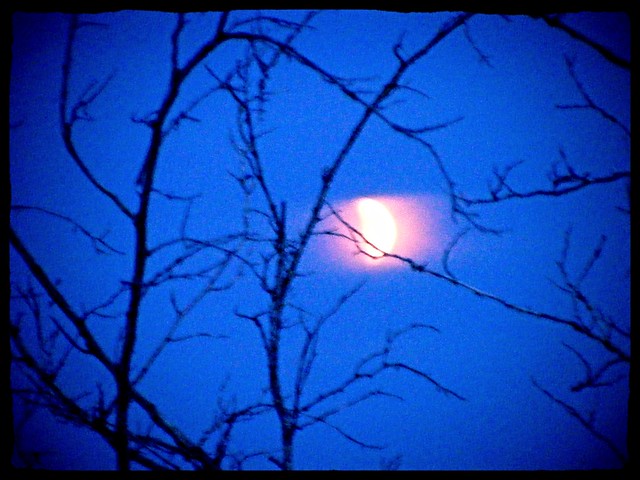mcatrophy
Privileged to ride a 2018 FJR1300AS
Anyone get any decent pictures of the eclipse? My camera and skills weren't really up to the job. Had real problems focusing, particularly when at its most eclipsed, and never got the exposure right.
All of these are cropped, some are enhanced a little to increase the contrast as most were underexposed; I've used a bit of gamma correction to improve the visibility.
Took over 90 pictures, stopped taking when I ran out of steam (I'd been up since 4:00 am local time, stopped taking pics at around 3:40am local time, and I'm getting old). These are the better least bad ones.
(Click on image for larger view)
23:30:05 UTC 1/500, F8 00:51:01 UTC 1/400, F8
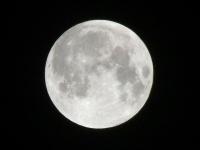
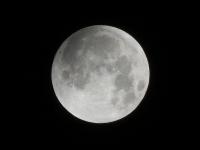
01:06:54 UTC 1/400, F8 01:28:43 UTC 1/400, F8
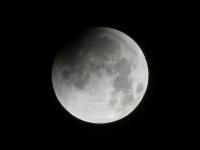
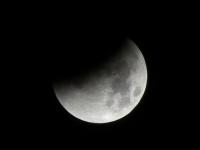
01:46:08 UTC 1/400, F8 01:53:45 UTC1/40, F8
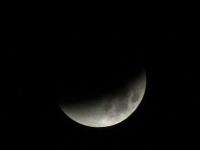 https://atrophy.lock.net/pi/20150928_eclipse/index.php?image=DSCF1408_cren.JPG&sz=1
https://atrophy.lock.net/pi/20150928_eclipse/index.php?image=DSCF1408_cren.JPG&sz=1
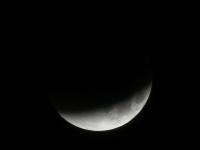
02:02:30 UTC 1/40, F8 02:02:51 UTC 4s, F8
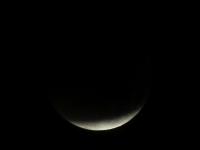 https://atrophy.lock.net/pi/20150928_eclipse/index.php?image=DSCF1421_cren.JPG&sz=1
https://atrophy.lock.net/pi/20150928_eclipse/index.php?image=DSCF1421_cren.JPG&sz=1

02:07:06 UTC 1/40, F8 02:07:28 UTC 4s, F8
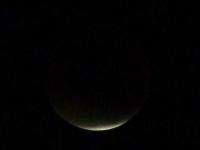 https://atrophy.lock.net/pi/20150928_eclipse/index.php?image=DSCF1428_cren.JPG&sz=1
https://atrophy.lock.net/pi/20150928_eclipse/index.php?image=DSCF1428_cren.JPG&sz=1
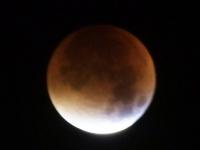 https://atrophy.lock.net/pi/20150928_eclipse/index.php?image=DSCF1429_cren.jpg&sz=1
https://atrophy.lock.net/pi/20150928_eclipse/index.php?image=DSCF1429_cren.jpg&sz=1
02:27:22 UTC 4s, F8 02:40:03 UTC 4s, F8
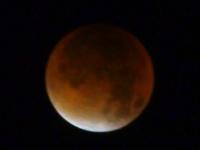

Camera is a Fujifilm S100FS with a 28-400 lens, all of these were taken at full zoom. The moon diameter is about 390 pixels. Not exactly perfect astronomical equipment.
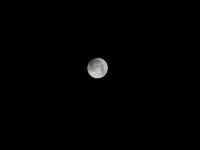
The camera was mounted on a tripod, I used a 10 second delay to reduce the camera shake from pressing the release button.
For the shots of near full eclipse I had to use a street lamp to start the focus on, then fine tune it manually, but it was very difficult. I should have used an external power source instead of the battery then I could have left the camera turned on and focus wouldn't be lost between shots.
A remote release would have reduced shake (there was still perceptible vibration after the 10 seconds delay, significant particularly with the later shots' 4 second exposure time).
All of these are cropped, some are enhanced a little to increase the contrast as most were underexposed; I've used a bit of gamma correction to improve the visibility.
Took over 90 pictures, stopped taking when I ran out of steam (I'd been up since 4:00 am local time, stopped taking pics at around 3:40am local time, and I'm getting old). These are the better least bad ones.
(Click on image for larger view)
23:30:05 UTC 1/500, F8 00:51:01 UTC 1/400, F8


01:06:54 UTC 1/400, F8 01:28:43 UTC 1/400, F8


01:46:08 UTC 1/400, F8 01:53:45 UTC1/40, F8
 https://atrophy.lock.net/pi/20150928_eclipse/index.php?image=DSCF1408_cren.JPG&sz=1
https://atrophy.lock.net/pi/20150928_eclipse/index.php?image=DSCF1408_cren.JPG&sz=1

02:02:30 UTC 1/40, F8 02:02:51 UTC 4s, F8
 https://atrophy.lock.net/pi/20150928_eclipse/index.php?image=DSCF1421_cren.JPG&sz=1
https://atrophy.lock.net/pi/20150928_eclipse/index.php?image=DSCF1421_cren.JPG&sz=1

02:07:06 UTC 1/40, F8 02:07:28 UTC 4s, F8
 https://atrophy.lock.net/pi/20150928_eclipse/index.php?image=DSCF1428_cren.JPG&sz=1
https://atrophy.lock.net/pi/20150928_eclipse/index.php?image=DSCF1428_cren.JPG&sz=1
 https://atrophy.lock.net/pi/20150928_eclipse/index.php?image=DSCF1429_cren.jpg&sz=1
https://atrophy.lock.net/pi/20150928_eclipse/index.php?image=DSCF1429_cren.jpg&sz=102:27:22 UTC 4s, F8 02:40:03 UTC 4s, F8


Camera is a Fujifilm S100FS with a 28-400 lens, all of these were taken at full zoom. The moon diameter is about 390 pixels. Not exactly perfect astronomical equipment.

The camera was mounted on a tripod, I used a 10 second delay to reduce the camera shake from pressing the release button.
For the shots of near full eclipse I had to use a street lamp to start the focus on, then fine tune it manually, but it was very difficult. I should have used an external power source instead of the battery then I could have left the camera turned on and focus wouldn't be lost between shots.
A remote release would have reduced shake (there was still perceptible vibration after the 10 seconds delay, significant particularly with the later shots' 4 second exposure time).
Last edited by a moderator:




